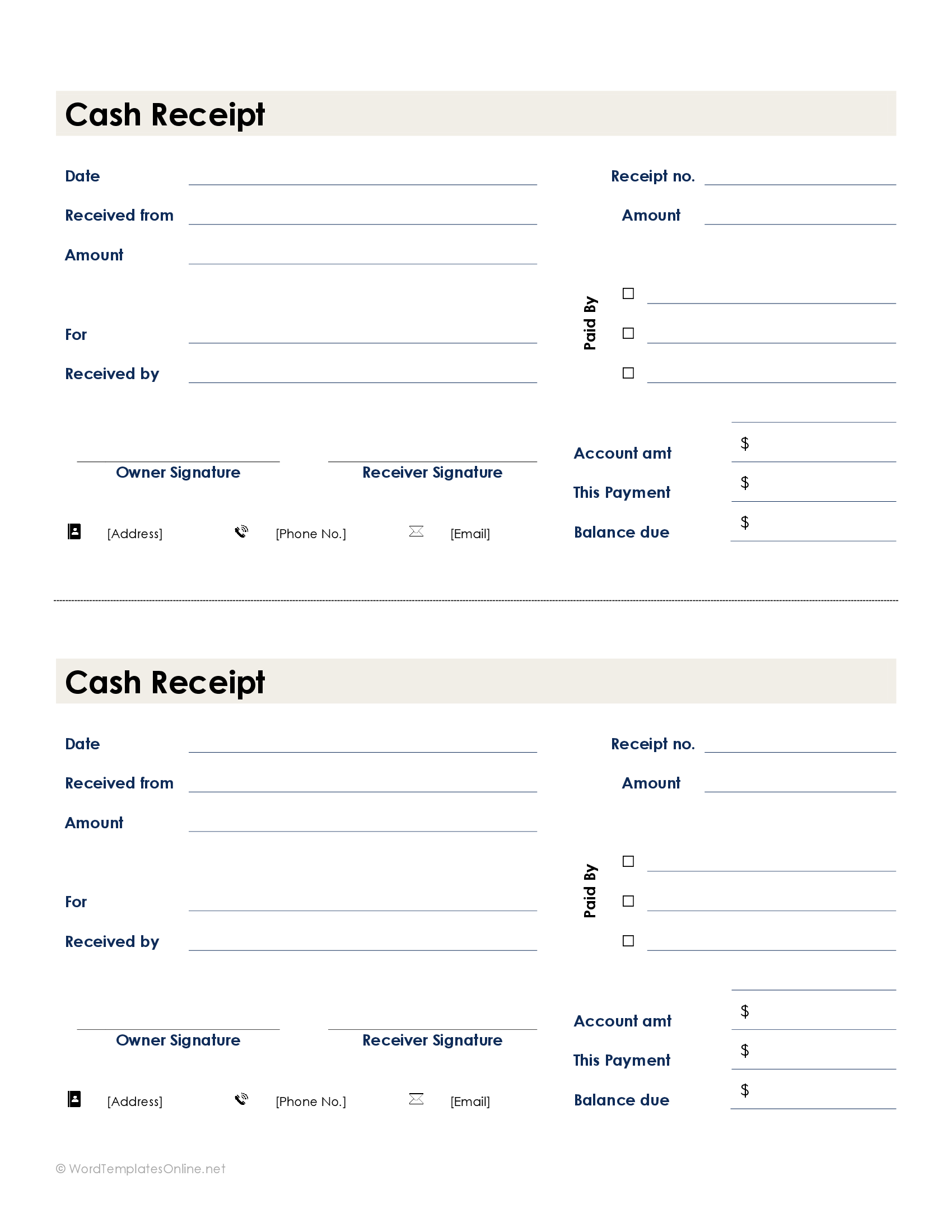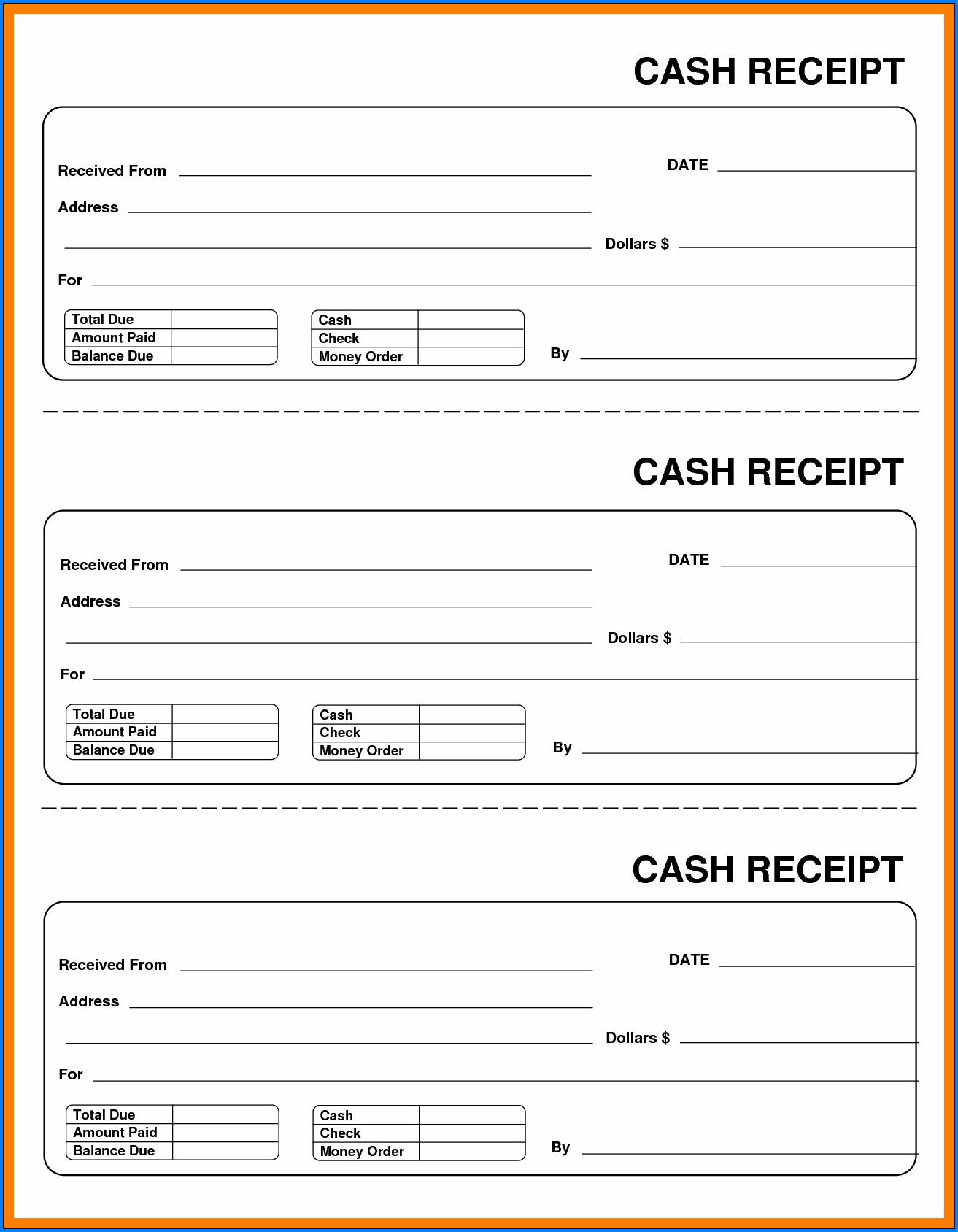
Again, you must record a debit in your cash receipts journal and a credit in your sales journal. The cash receipt journal has many advantages about its use within regular business accounting methods. A cash receipts journal provides an easy and organized way to record all the cash receipts during the period. Therefore, it allows a quicker and accurate way to prepare the cash ledger and a cash flow statement for the business for an accounting period.
Accounting Ratios
A column for the transaction date, account name or customer name, invoice number, posting check box, accounts receivable amount, and cost of goods sold amount. Since all sales recorded in the sales journal are paid on credit, there is no need for a cash column. Cost of goods sold is debited for the price the company paid for the inventory and the inventory account is credited for the same price. It differs from the cash receipts journal in that the latter will serve to book sales when cash is received.The sales journal is used to record all of the company sales on credit. When a customer purchases inventory on credit, the sale isn’t directly recorded in the cash receipts journal because no cash has actually been collected. Instead, the accounts receivable account is debited and the sales account is credited.
Time Value of Money
A special journal (or specialized journal) used to record money received. In a manual systemthis will allow one entry to the Cash account for the month (or shorter periods) instead ofdebiting the Cash account for every receipt. When a company receives a loan from a bank, a transaction is performed in the cash sales collections journal to record the loan. The main objective of a cash receipts journal is to properly manage cash by making it simple to ascertain cash balances at any given time, enabling managers and corporate accountants to budget their cash.

To Ensure One Vote Per Person, Please Include the Following Info
Additionally, accessing monetary information through a freelance invoice template is far quicker than tracking the cash payment through a ledger. A cash receipts journal is also known as a specialised accounting journal. Depending on a company’s requirements, different formats are used for a cash receipts journal.
Ask a Financial Professional Any Question
- The cash disbursement diary and the cash receipts journal are typically divided.
- Second, the inventory has to be removed from the inventory account and the cost of the inventory needs to be recorded.
- Since all transactions are recorded in the general journal, it can be extremely large and make finding information about specific transactions difficult.
- As an accounting entry that records the receipt of money from a customer, a cash sales receipt is a debit.
It has a total record of all the cash collections during an accounting period. Credit sales are not recorded in this accounting journal because there isn’t any cash collected in those credit sales transactions. Cash sales work on the cash basis of accounting, and credit sales on the accrual basis of accounting. The information recorded in the cash receipt journal is used to make postings to the subsidiary ledgers and to relevant accounts in the general ledger. It is important to realize that the cash receipt journal is a book of prime entry.
Our Team Will Connect You With a Vetted, Trusted Professional
When a piece of merchandise or inventory is sold on credit, two business transactions need to be record. First, the accounts receivable account must increase by the amount of the sale and the revenue account must increase by the same amount. Second, the inventory has to be removed from the inventory account and the cost of the inventory needs to be recorded. So a typical sales journal entry debits the accounts receivable account for the sale price and credits revenue account for the sales price. When a retailer sells merchandise to a customer and it collects cash, this transaction is recorded in the cash receipts journal. A single disadvantage of the cash receipts journal is that it only considers the cash basis of accounting.
In a cash receipts journal, a debit is posted to cash in the amount of money received. Therefore, a credit is needed for one or more other accounts that are affected by collecting cash. The cash receipts journal is an important tool to keep track of cash collected by a business. In this example, the cash receipts journal records the cash inflows received by the business during June. Each transaction is documented with its date, description, invoice number (if applicable), and the amount received in the cash account column.
The accountant would then use the reference number obtained from the journal to search through source materials and identify the specific receipt in question. If you plan on depositing cash payments, make sure your deposit slip amount matches your cash receipts journal. Store deposit receipts along with your other business receipts in case of any discrepancies.
